Part Four of a Five-Part Series on Sports Nutrition
Among the factors involved in athletic performance, it’s safe to say that energy is fairly fundamental. Crucial, too, is having enough of the different kinds of energy necessary for victory. Athletes, like everybody else, need the kind that gets you out of bed in the morning. They also need sustained energy that allows them to maintain their stride in mile 26. After coming that far, no one wants to run out of fuel before reaching the finish line.
What follows is a look at the way these distinctions tie in with the supplements market, as well as the current marketing and regulatory chatter in the energy supplement industry.
Energy versus Endurance
While there is significant overlap, some supplements are best suited to supporting one’s get-up-and-go (mental alertness, focus, drive, etc.) and others supply the nutrients required to keep on going (fuel for muscles, electrolyte and adrenal balance, energy production and other factors).
But first, a word of caution about how energy is 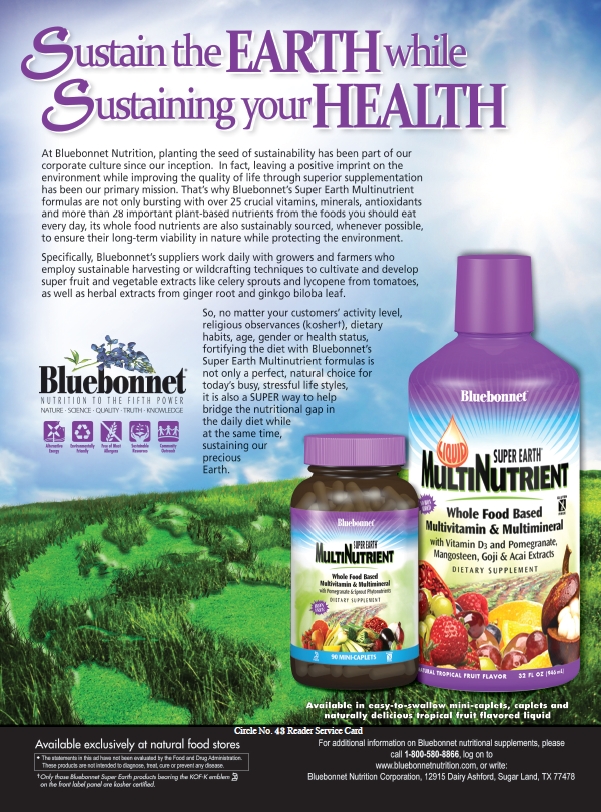 obtained. Consumers should be wary of sugary snack foods that quickly boost blood sugar levels, only to cause it to drop shortly thereafter because of the strong insulin response, says Herb Joiner-Bey, N.D., scientific advisor to Barlean’s, Ferndale, WA.
obtained. Consumers should be wary of sugary snack foods that quickly boost blood sugar levels, only to cause it to drop shortly thereafter because of the strong insulin response, says Herb Joiner-Bey, N.D., scientific advisor to Barlean’s, Ferndale, WA.
In addition, people should be careful with supplements containing large amounts of stimulants like caffeine without other compounds that provide nutritional value, Joiner-Bey says.
“Short-term energy is dependent upon sufficient glucose and glycogen stores, and sufficient adrenal medulla function,” says Chris D. Meletis, N.D., director of science and research for Trace Minerals Research, Ogden, UT. Indeed, there is a large hormonal component to rapid aerobic output, which Meletis says involves a balance between the adrenal medullas release of norepinephrine and adrenaline, particularly the latter.
Now, for a quick, safe and natural pick-me-up, Joiner-Bey starts off by noting that dark chocolate contains caffeine, stimulating the nervous system when a boost is needed. “Cocoa is a complex natural plant extract, containing hundreds of compounds, a number of which are antioxidants, providing redeeming nutritional value beyond the stimulatory effects of chocolate,” he says.
“Nothing provides a better quick pick-me-up than caffeine,” says Rob Maru, chief innovation officer at Reserveage Organics, Gainesville, FL. He cites the use of a natural caffeine ingredient sourced from pesticide-free black tea leaves as an example of the way caffeine can be incorporated into safe, natural supplements that provide quick bursts of energy.
Neil E. Levin, CCN, DANLA, nutrition education manager for NOW Foods, Bloomingdale, IL, notes the primacy of caffeine for many consumers looking for short-term energy. “This is, of course, the basis of many sports beverages, which also tend to utilize amino acids, botanicals and other nutrients to enhance energy metabolism,” Levin says. This ingredient combination is common in sports supplements as well. Natural, as opposed to synthetic, sources of caffeine include coffee, various types of tea and guarana herb.
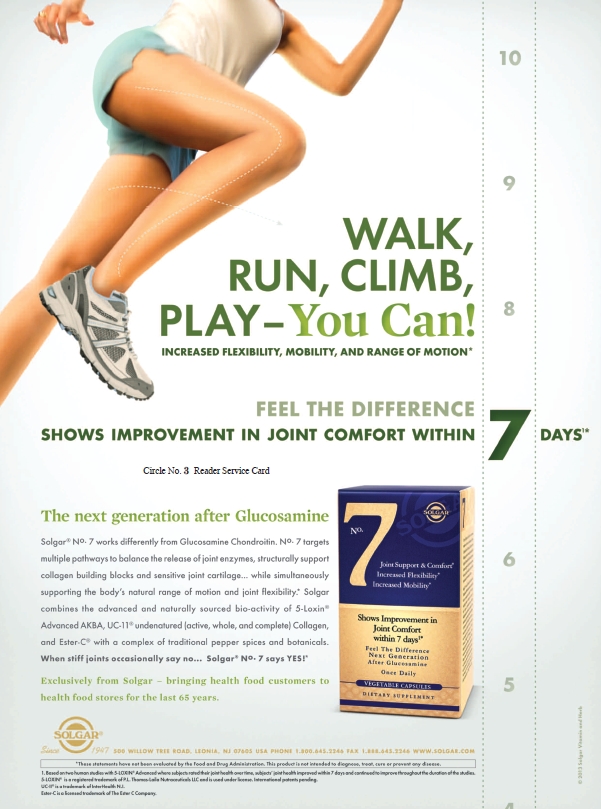 Several green tea extracts, specifically, can enhance energy and metabolism, he says. The presence of l-theanine in some teas is a possible reason that they are less stimulating than their raw caffeine content would indicate. “This suggests that substances such as taurine and l-theanine that affect neurotransmitter functions in a relaxing way may make stimulants like caffeine better tolerated in many people,” Levin says.
Several green tea extracts, specifically, can enhance energy and metabolism, he says. The presence of l-theanine in some teas is a possible reason that they are less stimulating than their raw caffeine content would indicate. “This suggests that substances such as taurine and l-theanine that affect neurotransmitter functions in a relaxing way may make stimulants like caffeine better tolerated in many people,” Levin says.
He points out that some formulas deliberately include such nutrients that support brain function, or mitigate the side effects of caffeine. He says that politicians seeking to regulate high levels of stimulants in mainstream energy drinks are wrong for lumping in compounds like taurine among the culprits.
Joiner-Bey slides us toward supplements that may be more beneficial for athletic activities that require endurance. Coconut oil, and the medium-chain triglycerides (MCTs) they contain, are a good place to start. MCTs, he says, are metabolized differently than the more commonly ingested long-chain fatty acids. “MCTs do not have to be processed by pancreatic digestive enzymes to be absorbed. They move directly to the liver and other tissues. MCTs are a preferred source of energy in cell mitochondria, the organelles that generate biochemical energy resources for the cell,” says Joiner-Bey.
MCTs rapidly enter mitochondria, where they are broken down as part of thermogenesis, or heat energy production. This is why adding coconut oil to a smoothie not only satiates hunger for a long time, but also helps maintain high energy for hours, Joiner-Bey explains. He adds that flaxseed oil is also a preferred source of energy for endurance athletes and bodybuilders. “Flaxseed oil is a superior source of energy because, in addition to the energy it provides, flax oil also reduces muscle and joint inflammation, which arise from physical exertion,” he says.
To replace the overstimulation and subsequent “crash” that stimulants are known for with stamina and endurance, Dan Chapman, founder and CEO of Redd Remedies, Bradley, IL, suggests adaptogenic herbs. “Adaptogens, such as Rhodiola rosea and Panax ginseng modulate and normalize numerous body responses to fight fatigue, both physical and mental, to create lasting energy levels,” he says.
Much of this modulation has to do with adrenal support. 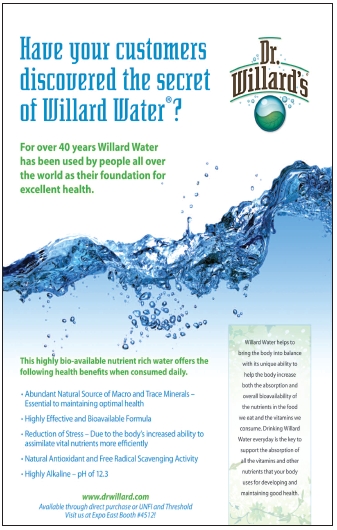 Addressing more than just the adrenal cortex (which controls cortisol levels in the body) is important, says Meletis. This means aiding the amino acid pathways of phenylalanine and tyrosine, which in turn support the production of dopamine, norepinephrine and epinephrine, all essential for peak athletic performance.
Addressing more than just the adrenal cortex (which controls cortisol levels in the body) is important, says Meletis. This means aiding the amino acid pathways of phenylalanine and tyrosine, which in turn support the production of dopamine, norepinephrine and epinephrine, all essential for peak athletic performance.
According to information from Prince of Peace Enterprises, Hayward, CA, both the Korean and Chinese varieties of Panax ginsengs are “yang” in nature, a quality believed to energize the body in traditional Chinese medicine. American ginseng is considered “yin” in nature, which means it tends to cool or slow down the body.
Prince of Peace believes adaptogens, like ginseng, help people respond to stress-related conditions and balance metabolic effects, among other benefits. Ginsenosides, which are structurally similar to bodily stress-response hormones, are the active ingredients in ginseng. The company cites Stephen Fulder, Ph.D., author of All About Ginseng, who says that ginseng seems to help the body utilize existing blood sugar more effectively, rather than breaking down the body’s energy stores like some stimulants. In Asian traditions, the herb can be used short-term, just before intense activity is expected, or over a period of at least a month to build up energy reserves.
Some supplement formulations derive their impact from the synergy of multiple herbs. Kathy Repass, new products manager for Gaia Herbs, Brevard, NC, describes herbal energy shots her company offers that contain schisandra berry, Korean and American ginseng root, ginger root, green tea leaf, black elderberry berries, nettle seed and nettle leaf. The idea is to safely nourish and support the adrenal glands without overstimulating them. “This is an important concept when developing dietary supplements intended to stimulate and maintain energy levels,” Repass says.
Maru says his company turns to rhodiola for one of its pre-workout supplements, as well as capsaicin and a proprietary grape extract.
 There are, of course, many other nutrients essential for building and maintaining endurance, some of which are better known than others. Levin runs through a slew of them, starting with Coleus forskohlii, which in the form of a clinically tested ingredient (ForsLean from Sabinsa Corp.), has been shown to support the production of muscle tissue, while aiding the breakdown of adipose tissue, a process that produces energy.
There are, of course, many other nutrients essential for building and maintaining endurance, some of which are better known than others. Levin runs through a slew of them, starting with Coleus forskohlii, which in the form of a clinically tested ingredient (ForsLean from Sabinsa Corp.), has been shown to support the production of muscle tissue, while aiding the breakdown of adipose tissue, a process that produces energy.
Beta-alanine, Levin says, is an amino acid used by muscle cells to synthesize carnosine, which in turn allows muscles to work longer during exercise. Glycine propionyl-L-carnitine (GPLC) is a patented, highly bioavailable form of carnitine, an amino acid that Levin says regulates energy flow across cell membranes during exercise.
One ingredient using this form of carnitine was shown to increase nitric oxide levels. Nitric oxide dilates blood vessels, thus enhancing blood flow to muscles and organs, especially the heart, he says. Increased oxygen and nutrient delivery helps increase the production of ATP, the fundamental unit of energy at the cellular level. Increased blood flow also helps remove lactic acid and other metabolic waste products from muscles, a key to sustaining intense activity. “Clinical studies have demonstrated that GPLC can provide aerobic power, thereby supporting increased stamina, endurance and recovery,” Levin says.
CoQ10, L-carnitine, creatine, ribose, chromium, B complex vitamins and more are each helpful for endurance. Levin notes, in succession: CoQ10 stimulates cellular energy production, L-carnitine promotes fat metabolism, creatine helps store energy in muscles, d-ribose is used to fuel ATP production and is considered synergistic with creatine, and chromium plays a role in the utilization of protein, fats and carbohydrates. Chromium also works with insulin to support healthy blood glucose.
Controlling blood sugar is, in fact, an important foundation for sustaining energy, according to Paul Dijkstra, CEO of InterHealth Nutraceuticals, Benicia, CA. A proprietary chromium ingredient (ChromeMate from InterHealth), when combined with healthy lifestyle approaches, can support healthy blood sugar levels, according to Dijkstra. In a study in which 20 subjects took 300 mcg of the ingredient for three months, it significantly lowered fasting blood sugar levels over placebo. It also decreased levels of glycosylated hemoglobin, a biomarker for long-term glucose control.
According to research, Levin says, immediately 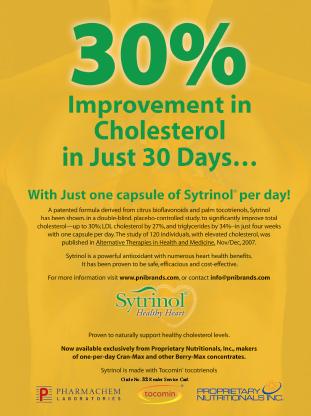 replacing electrolyte minerals with carbohydrates and easily assimilated protein benefits amino acid uptake into muscle, helping to prevent fatigue. Electrolyte balance is important, and Meletis says it helps to pay attention to more than just the “big” electrolytes like potassium and sodium. Replenishing chloride, calcium, magnesium, iodine and other trace minerals lost in sweat will help out athletes with performance. “From my clinical experience, supporting the ‘bio-electrical’ aspects of cellular action potential allows skeletal and cardiac muscles as well as neurological performance to be optimized,” Meletis says.
replacing electrolyte minerals with carbohydrates and easily assimilated protein benefits amino acid uptake into muscle, helping to prevent fatigue. Electrolyte balance is important, and Meletis says it helps to pay attention to more than just the “big” electrolytes like potassium and sodium. Replenishing chloride, calcium, magnesium, iodine and other trace minerals lost in sweat will help out athletes with performance. “From my clinical experience, supporting the ‘bio-electrical’ aspects of cellular action potential allows skeletal and cardiac muscles as well as neurological performance to be optimized,” Meletis says.
The proper functioning of one gland in particular may be an overlooked consideration for athletes. “Thyroid-support formulas may also help to sustain healthy and active energy and metabolism levels,” Levin says. He adds that the key nutrients in this context are L-tyrosine and iodine, but other thyroid-support nutrients include B vitamins, minerals like zinc and selenium, and guggul extract.
Many of these options, as well as others, will benefit short-term energy and long-term endurance and wellbeing simultaneously. Susan Hazels Mitmesser, Ph.D., director of nutrition research for Solgar, Leonia, NJ, points to iron as an overlooked nutrient, especially for female athletes. “While most athletes understand the importance of iron for transporting oxygen throughout their system, evidence still shows that many female recreational athletes such as runners have low iron levels,” she says. If the oxygen demands of muscles aren’t being met for this or any reason, it could harm both short- and long-duration energy.
Another supplement option that may address both short- and long-term energy is the cordyceps mushroom. Mark J. Kaylor, vice president of education at Mushroom Wisdom, Inc., East Rutherford, NJ, says that those in need of bursts of energy can achieve them by first building up the body’s energy with consistent use of cordyceps. “In traditional Chinese medicine, cordyceps is said to build ‘yang fire,’ which is precisely this type of energy, but it does so in a very different and healthier way than the quick fix of the stimulant approach most of us are all too familiar with,” Kaylor says. Cordyceps also helps to build long-term energy and endurance, which he says will help people to run a marathon, work extra late on a project or simply move through life with more drive and vitality.
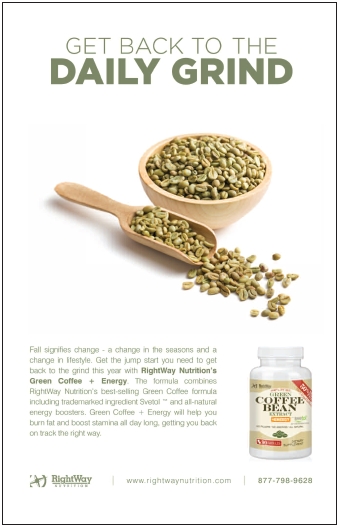 Overall energy is particularly dependent on carnitine, ribose, CoQ10, NADH and mitochondrial fueling in general, according to Meletis. He says that whether his patients are extreme weekend warriors, marathoners or just looking to perform a little better, he will often employ a full adrenal panel and neurotransmitter test to see where things stand.
Overall energy is particularly dependent on carnitine, ribose, CoQ10, NADH and mitochondrial fueling in general, according to Meletis. He says that whether his patients are extreme weekend warriors, marathoners or just looking to perform a little better, he will often employ a full adrenal panel and neurotransmitter test to see where things stand.
When it comes to achieving short- and long-term energy, “The fact is, people often want both,” says Marc Stover, director of marketing for sports nutrition at Twinlab, New York, NY. To help consumers achieve this goal, he says his company uses technology that allows for the timed release of nutrients. “Caffeine, B vitamins and some quick-absorbing carbs such as maltodextrin make for great quick-energy. Beta-alanine and slower release carbs deliver a longer-term benefit,” Stover says.
Specifically, in addition to beta-alanine to reduce fatigue and caffeine from coffee fruit and guarana seed to boost energy, the firm uses four carbohydrates that release sequentially to provide noticeable long-term energy, as opposed to a “spike and crash” experience. Beta-alanine is featured in a timed-release bi-layer tablet, with one side dissolving more quickly and another slowly, to provide extended action.
Research in Motion
Since we’re on the subject of supplements that support energy for athletes, it makes sense to look to science conducted on real people, including actual athletes asked to demonstrate their athletic prowess.
A study out of Japan, cited by Joiner-Bey, examined the effect of MCTs on moderate and high-intensity exercise (1). Subjects were given food containing MCTs or long-chain triacylglycerols (LCT), which are thought to metabolize slower than MCTs. They were given these regimens for two weeks, and their workouts on stationary bicycles were recorded. It was found that the time it took to become exhausted during a high-intensity workout was significantly longer in the MCT group. The rate of perceived exertion was lower in the MCT group, as well.
In older individuals, supplementing with 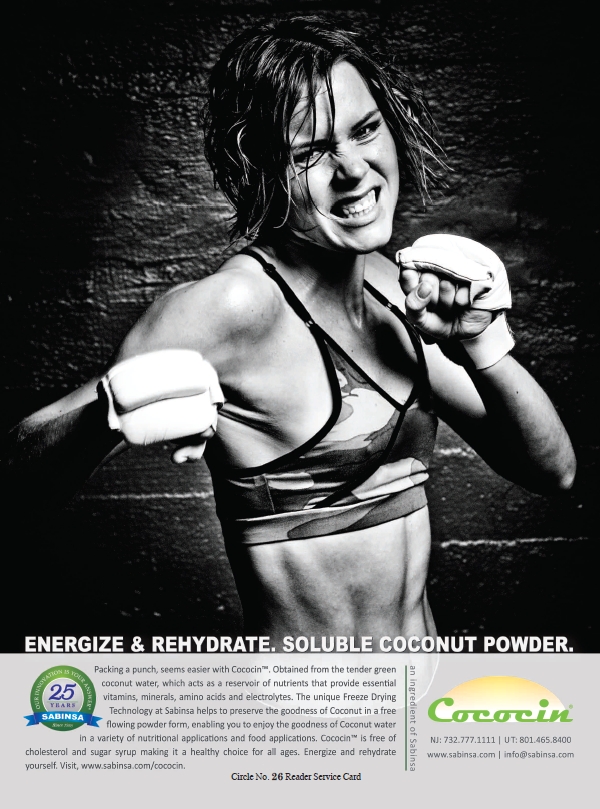 Cordyceps sinensis mushroom was found to improve exercise and performance, according to Kaylor (2). That study, published in the Journal of Alternative and Complementary Medicine, involved 20 individuals between 50 and 75 years old, and found that cordyceps may actually improve overall wellness in healthy older subjects, too.
Cordyceps sinensis mushroom was found to improve exercise and performance, according to Kaylor (2). That study, published in the Journal of Alternative and Complementary Medicine, involved 20 individuals between 50 and 75 years old, and found that cordyceps may actually improve overall wellness in healthy older subjects, too.
Levin reports on research from the University of Ottawa, which used green tea components EGCG and caffeine to improve thermogenesis (3). Published in 2013 in the British Journal of Nutrition, the study found that people exposed to mildly cold temperatures had their shivering reduced by 20% while increasing energy expenditure 10%, when given this combination. This enhanced energy production is applicable to athletes, as well.
Acute doses of Rhodiola rosea enhanced exercise performance in a 2012 study published in the Journal of Strength and Conditioning Research, says Chapman (4). Exercise testing in this case involved a standardized 10-minute warm-up, followed by a six-mile timed workout on a stationary bicycle. The researchers stated that rhodiola “appears to improve endurance exercise performance by decreasing the perception of effort.”
A dietary supplement containing a proprietary extract of bitter orange (Advantra Z from Nutratech, Inc.) was found to improve exercise tolerance in human subjects (5). “Plus, there were no increases in post exercise heart rate, systolic blood pressure, or temperature—and no differences in exercise related oxygen consumption, serum lactate, or insulin,” says Bob Green, president of Nutratech, West Caldwell, NJ.
Finally, Hazels Mitmesser uses recent research from the United Kingdom to highlight the importance of vitamin D for athletic performance (6). After exercise, oxidative energy production within cells was improved in vitamin D deficient subjects when they were supplemented with vitamin D3. Hazels Mitmesser points out that while not everyone needs more vitamin D, insufficient levels are more common in Northern climates. “Based on this new research, it makes sense for all athletes to make sure they have a sufficient vitamin D intake,” she says.
Safety First
All of the recent political wrangling over the safety and regulation of energy drinks can be viewed as both a boon and an obstacle to the natural energy supplement sector. On the one hand, consumer perception of the entire concept of products designed to produce energy may be influenced for the worse. On the other, those wary of stimulant-heavy energy products may turn their attention to natural options.
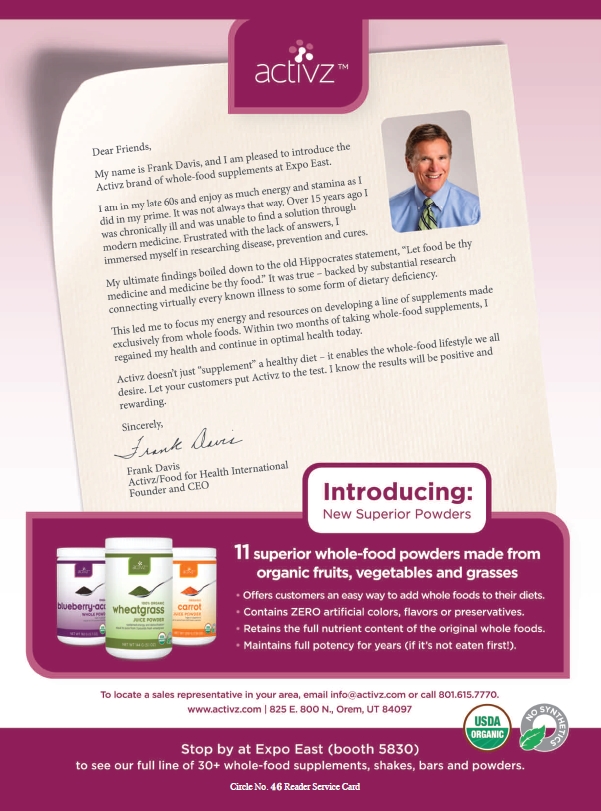 Part of the safety discussion in this category involves the official distinction between dietary supplements and beverages. Energy drinks and liquid energy supplements are focal points for the debate over how to interpret the U.S. Food and Drug Administration’s (FDA) regulation of this concept. This is because of the fear that consumers may easily overdose on a product designed to be taken as a supplement (i.e., in small doses) in the mistaken belief that it is a beverage.
Part of the safety discussion in this category involves the official distinction between dietary supplements and beverages. Energy drinks and liquid energy supplements are focal points for the debate over how to interpret the U.S. Food and Drug Administration’s (FDA) regulation of this concept. This is because of the fear that consumers may easily overdose on a product designed to be taken as a supplement (i.e., in small doses) in the mistaken belief that it is a beverage.
Other than the choice to stick a Supplement Facts panel or a Nutrition Facts panel (designating it as a food) on a product, there is not much concrete guidance yet for manufacturers on this subject. FDA’s 2009 Draft Guidance regarding the distinction made use of concepts like shelf placement, packaging style and marketing messages to help companies determine whether their product should be categorized as a food or a supplement.
But what companies can control, until this picture becomes clearer, is the actual safety of their products when used as intended. In contrast with the stimulant-heavy energy drinks receiving so much negative attention, experts have strong opinions about what makes for a good safety profile in a natural energy supplement.
“If a product contains botanical extracts, these plants should have some redeeming nutritive value that is suitable for long-term use without undesirable side effects and potential for dangerous consequences if abused,” says Joiner-Bey, citing ephedra as a substance with such a potential for abuse.
Indeed, with botanicals, history of use is a good barometer of safety. Kaylor notes, for instance, that cordyceps has been used for thousands of years. “The fact that it does not act as a forceful linear stimulant like caffeine or amphetamines leaves the body in a healthier state of balance,” he says.
In describing its ability to increase the resting 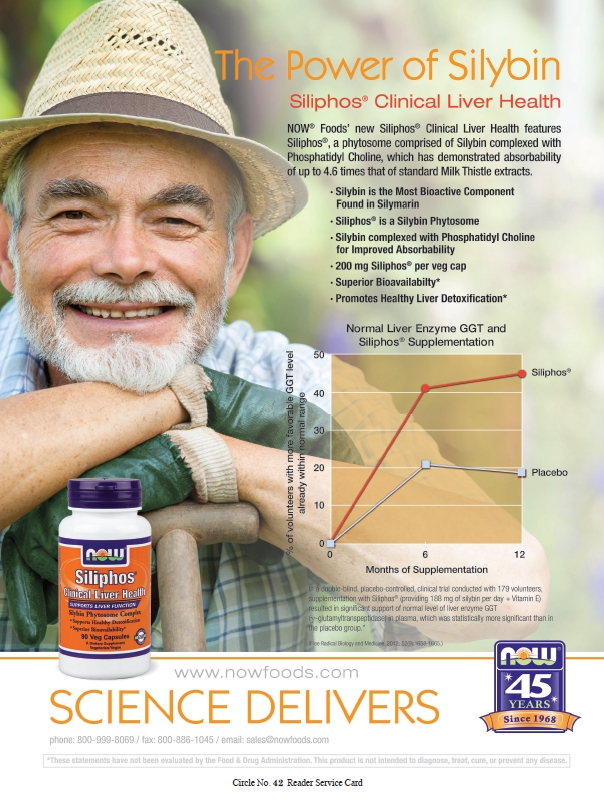 metabolic rate, and the rate at which fat is released from storage and broken down, Green contrasts his company’s botanical extract ingredient with stimulant-based energy products. It works by activating beta 3 receptors, which are responsible for triggering thermogenesis and found on every cell wall, he says. The ingredient also does not cross the blood-brain barrier. Compounds that do pass into the brain can cause negative central nervous system side effects. “Plus, it makes minimal contact with alpha 1, 2 and beta 1, 2 excitatory receptors, which are responsible for causing negative cardiovascular side effects,” Green says.
metabolic rate, and the rate at which fat is released from storage and broken down, Green contrasts his company’s botanical extract ingredient with stimulant-based energy products. It works by activating beta 3 receptors, which are responsible for triggering thermogenesis and found on every cell wall, he says. The ingredient also does not cross the blood-brain barrier. Compounds that do pass into the brain can cause negative central nervous system side effects. “Plus, it makes minimal contact with alpha 1, 2 and beta 1, 2 excitatory receptors, which are responsible for causing negative cardiovascular side effects,” Green says.
Using established, researched nutrients that affect known biological pathways to muscle strength and endurance are a central part of maintaining product safety, according to Dijkstra. He also notes the importance of sleep to overall energy, and says that supplements that safely aid sleep can be a way of increasing alertness without stimulants.
Levin, for his part, contrasts the proper use of nutrients in energy products with gimmicks. “The gimmicks are illegally spiked pharmaceuticals, high levels of caffeine, risky botanical extracts and non-nutritive chemicals,” he says. Chapman says that adaptogenic herbs fit the bill of true nutrients for their ability to aid endurance without overstimulation. “They work in concert with the body’s normal functional capacities, not against them, to create anti-fatigue effects,” he says.
Regarding consumer preferences, Repass says that her company conducted a study in 2012 to determine what natural products consumers look for in an energy shot. Takeaways from this independent market research were that these consumers prefer for their energy not to be derived primarily from caffeine, and that they want an immediate and sustained boost without jitters or a crash afterward. Eighty-nine percent believed herbs can provide a boost without caffeine.
Terms such as “stimulant-free” can be used in product marketing to help consumers navigate their energy options, Maru says. This marketing of safety is an important consideration for quality manufacturers in this category. “Safety has been a concern of consumers for quite some time and reputable manufacturers often struggle to separate themselves from those that might take shortcuts. The difficulty is how to market quality? How to market safety?” says Stover. He points to his company’s line of non-GMO, banned substance-tested, NSF Tested and Certified supplements, and the way they forefront those qualities in marketing, as an example of how to do this. He says they’ve tried to show it is possible to have a combination of true sports performance and peace of mind.
|
Select Energy and Endurance Supplements
The following products are offered by companies interviewed in this feature. Barlean’s: 100% Organic Extra Virgin Coconut Oil, 100% Organic Flaxseed Oil, Barlean’s Greens. Gaia Herbs: Herbal Energy Plus Stress Response, Herbal Energy Plus Immune Support. InterHealth Nutraceuticals: ChromeMate (chromium ingredient), ZMA (for testosterone levels), UC-II (for joint health). Mushroom Wisdom: Super Cordyceps. NOW Foods: GreenSelect Phytosome, Electro Endurance, NOW Energy, Instant Energy B12 packets, Ribose Energy with Creatine, NOW Thyroid Energy, various individual supportive nutrients. Nutratech, Inc.: AdvantraZ Prince of Peace Enterprises: Red Panax Ginseng Extract, Ultra Ginkgo Plus Endurance Formula. Redd Remedies: trueEnergy Dietary Supplement, trueEnergy Aromatherapy Travel Diffuser. Reserveage Organics: Reserveage Advanced Solutions AdaptoStress3, CocoaWell True Energy, Rebody Pre3 Max. Solgar Vitamin and Herb: Chelated Iron Tablets, Gentle Iron Vegetable Capsules, Vitamin D3 (Cholecalciferol) Softgels, Vitamin D3 (Cholecalciferol) Vegetable Capsules, Vitamin D3 (Cholecalciferol) Tablets, Liquid Vitamin D3 (Cholecalciferol) – Natural Orange Flavor. Trace Minerals Research: Electrolyte Stamina Tablets, ENDURE Performance Electrolyte, Electrolyte Stamina Power Pak, 40,000 Volts!, Electrolyte Stamina Shot. Twinlab Corp.: CleanSeries Pre-Workout Activator, Nitric Fuel, MCT Fuel, Creatine Fuel, Ripped Fuel, Ultra Fuel, Endurance Fuel. |
|
But to market safety, companies first must go about ensuring it. Here are a few perspectives on the specific safety efforts and challenges found in this category:
• Labels should have cautions relative to possible health issues, says Joiner-Bey. For example, those with diabetes or kidney problems should use caution with coconut oil. The liver generates ketones from the MCTs in coconut oil, and diabetics can have problems excreting ketones, leading to a toxic buildup.
• “If you use commodity ingredients, it is much more difficult to ascertain quality and safety as the sources may change on a regular basis,” says Maru.
• Chapman says his company looks at scientific and historical use of adaptogenic ingredients as a base for safe and proper dosages.
• With mushroom production, Kaylor says heavy metals testing can be especially important, since mushrooms act as natural chelators.
• Dijkstra stresses the importance of achieving generally recognized as safe (GRAS) status for ingredients. Repass says her company sticks to GRAS botanicals, especially ones they know have had no serious adverse event reports.
• Good manufacturing practices (GMPs) and other safety-related efforts are key. “Following GMPs is essential, but there are some ways to go above and beyond for additional quality assurance,” says Levin. These include auditing vendors before approving them, identifying and testing for allergen cross contamination, avoiding skip-lot testing in favor of testing each lot and finished product testing. He says that his company has a peer-reviewed method of screening raw materials for adulterants that they have made available to other companies. He adds, “This also helps to assure athletes that our products are screened against a number of illegal drugs.”
Athletes and Energy
The concern over illegal or banned substance in organized athletics may represent a perception battle that natural supplement makers must work through. Might there be a sort of “pill phobia” taking hold in some cases, as athletes have become afraid of unintentionally taking something they shouldn’t? “Absolutely,” says Stover. “And while a few bad apples exist, it doesn’t help that supplements are the convenient scapegoat for those who fail drug tests and the media just spreads the notion further.”
But there is a way forward. “Athletes, particularly bodybuilders, are very aware of the ingredients they put in their bodies. You see this played out on social media a lot,” Dijkstra says. The trust they establish with certain ingredients is conveyed by their recommendations to other athletes. He says manufacturers can help fuel this conversation by marketing safe and effective ingredients.
“If you look at the names of companies that have had action taken against them by FDA for adulteration with pharmaceuticals, it’s generally not the large mainstream dietary supplement companies in the health food channel,” says Levin. Reputable manufacturers, he says, are transparent about their quality programs, and he advises athletes to seek out these types of products, rather than what their gym or online sports product sellers are pushing any given month.
This all leads us to the question of how prevalent natural supplement use actually is among athletes currently. Is the use of supplements among athletes increasing in step with the rest of the consuming public, or decreasing due to some of the negative associations just discussed? Stover believes the trend is toward greater use. “Anytime you have a benefit people can experience, you have a recipe for repeat purchase, and as consumers get more savvy, often because of word-of-mouth on social media, they seek out very specific ingredients, products and brands,” he says.
Andreas Koch, marketing director for Barlean’s, points out that athletes will always look to sources of energy during competition. But they are often presented with a choice, between performance-enhancing drugs or safer, more natural answers. “With sports governing bodies cracking down more on this at both the pro and amateur levels, the natural energy category is certainly poised for massive growth,” Koch says.
Many athletes or active individuals, at some point, begin searching for ways to better their results through nutrition. “In efforts to increase energy levels and decrease recovery time, these people often turn to dietary supplements for help,” Dijkstra says. Once people start to see benefits from whatever they’ve tried, he adds, they often start to educate themselves about other dietary supplements. WF
This sports nutrition series is sponsored by
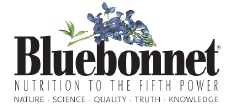

References
1. N. Nosaka, et al., “Effect of Ingestion of Medium-chain Triacylglycerols on Moderate- and
High-intensity Exercise in Recreational Athletes,” J. Nutr. Sci. Vitaminol. 55(2), 120-5 (2009).
2. S. Chen, et al., “Effect of Cs-4 (Cordyceps sinensis) on Exercise Performance in Healthy Older Subjects: a Double-blind, Placebo-controlled Trial,” J. Altern. Complement. Med. 16(5), 585-90 (2010).
3. C. Gosselin, F. Haman, “Effects of Green Tea Extracts on Non-shivering Thermogenesis During Mild Cold Exposure in Young Men,” Br. J. Nutr. 110(2), 282-8 (2013).
4. E.E. Noreen, et al., “The Effects of an Acute Dose of Rhodiola Rosea on Endurance Exercise Performance,” J. Strength. Cond. Res. Epub ahead of print (2012).
5. C.A. Haller, et al., “Human pharmacology of a performance-enhancing dietary supplement under resting and exercise conditions,” Br. J. Clin. Pharmacol. 65(6), 833-40 (2008).
6. A. Sinha, et al., “Improving the vitamin D status of vitamin D deficient adults is associated with improved mitochondrial oxidative function in skeletal muscle,” J. Clin. Endocrinol. Metab. 98(3), E509-13 (2013).
Published in WholeFoods Magazine, September 2013












